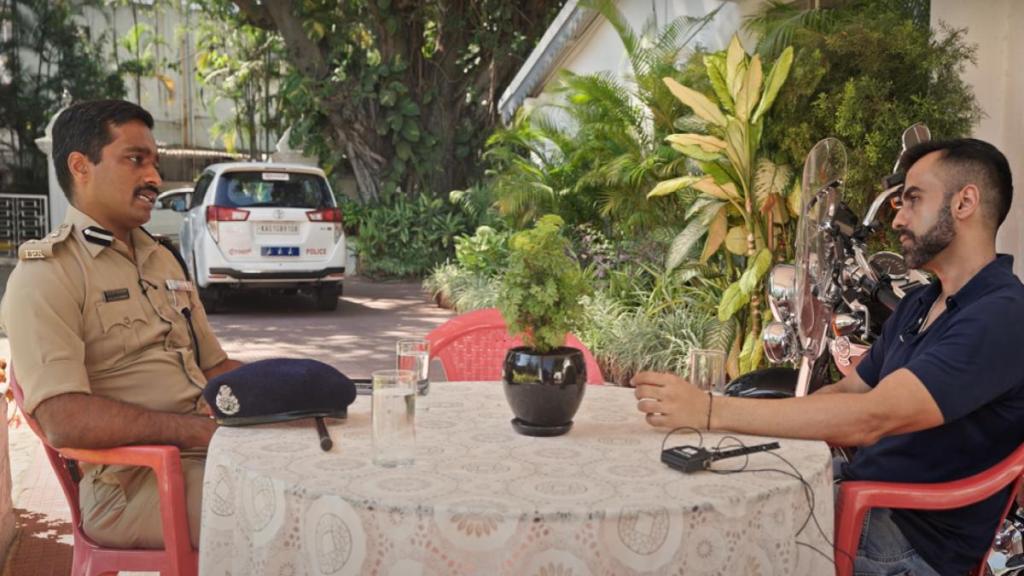As a Bangalorean, billionaire entrepreneur Nikhil Kamath often finds himself in a familiar spot when talking about his hometown. No matter where he goes or how many praises he showers on Bengaluru’s entrepreneurial spirit, vibrant culture or weather, there’s one thing people always bring up – city’s infamous traffic woes.
So in the latest episode of his podcast WTF is, Kamath decided to take the bull by the horns and posed the million-dollar question to two men who deal with the city’s roads daily – Bengaluru Police Commissioner B Dayananda and Traffic Police Commissioner MN Anucheth.
“I’m from Bangalore, as Bangalorean as anybody can be,” Kamath said. “Wherever I go and tell good things about Bangalore, people tell me, ‘Traffic, traffic, traffic.’ What is the problem? What is the solution? Is there a solution?” he questioned his podcast guests.
Commissioner Anucheth responded with candour and attributed the crisis to a decade of “explosive growth” from 2013 to 2023. Unlike other Indian metros like Mumbai, Delhi or Kolkata, which historically had established public transport systems like trams, local trains and metros, Bengaluru had only BMTC buses to rely on for decades. The rapid expansion of the city’s population and vehicular density quickly overwhelmed its infrastructure.
“Bangalore has the highest 872 number of vehicles per 1,000 people,” Anucheth noted. “That’s more than Mumbai and Delhi. The city has 1.23 crore vehicles for a population of 1.5 crore. Between 2013 and 2023 alone, the number of vehicles doubled from 56 lakh to over 1.12 crore.”
Yet, Anucheth believes the criticism Bengaluru receives is often disproportionate to the problem. “Every major city in the world grapples with traffic. Urban centres are magnets for jobs and people. But what’s unique about Bangalore is how fast it grew, especially after the IT boom post-2000. Infrastructure hasn’t kept up.”
Still, there’s hope. Anucheth is optimistic that enhanced public transportation will be the game-changer. He cited the metro line connecting Baiyappanahalli to Whitefield, a crucial tech corridor, as an example. “After that line opened, peak hour traffic reduced by 17%,” he said.
He believes the expansion of the Namma Metro and suburban railway projects like K-RIDE will be critical. “Once the Outer Ring Road metro line opens, not only will people have metro access, but the road space currently taken up by construction will be cleared. That could make a huge difference.”
After this, Kamath said, “Near my house on Bannerghatta Road, Metro construction started, I don’t know, ten years ago. It’s still going on.” While Kamath’s conversation with Bengaluru’s top cops didn’t provide an instant fix to the city’s chronic traffic, it did offer some perspective.

